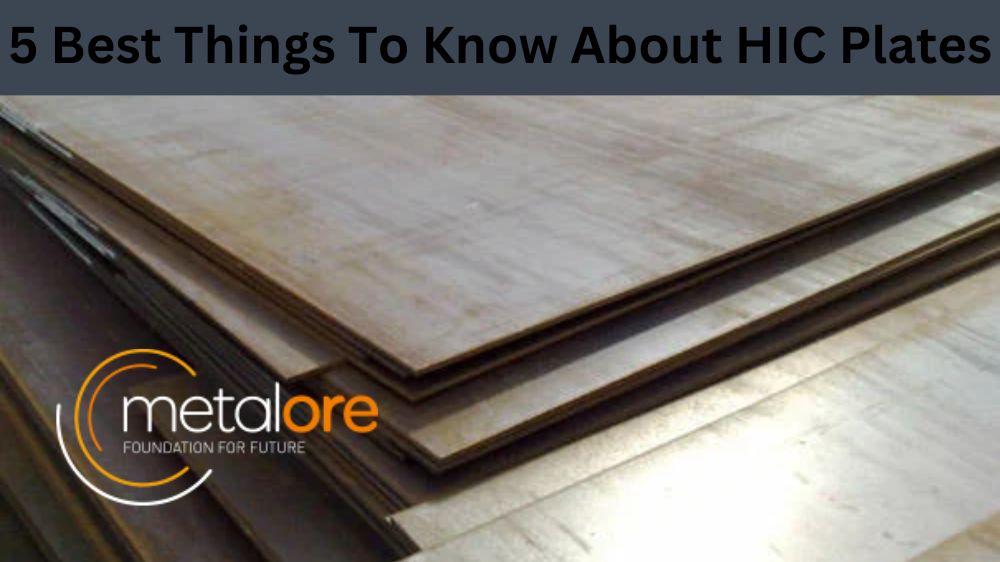If you are working in the oil and gas industry, you may have heard about HIC Plates. HIC or Hydrogen-induced cracking is a significant concern in the industry and can result in equipment failure and safety hazards. HIC plates are specially designed to resist hydrogen-induced cracking, making them an important material in the industry. However, many people need to be aware of the benefits of HIC plates. This blog post will discuss the five best things you should know about HIC plates.
What Are HIC Plates?
HIC (High-Intensity Cartridge) Plates are weight plates used in barbell and plate-loaded strength training. They are typically made out of steel, rubber-shell coated or even urethane-covered, and come with a 2″ or 50 mm diameter hole for the end of the barbell to fit into. HIC plates are known for their durability, as they can take more abuse than most other types of plates due to their thicker walls and higher-density material composition. The extra weight is ideal for powerlifting, Olympic lifting, bodybuilding and strongman competitions where heavier weights may be necessary. Additionally, the unique shape ensures increased stability when loading/unloading from benches or racks during exercise routines; this increased stability also reduces noise levels at gyms compared to standard bumper plates!
Designed To Resist Hydrogen-Induced Cracking
HIC happens when hydrogen molecules penetrate steel structures, leading to internal pressure and cracks. HIC plates are made with steel processed to withstand hydrogen-induced stress, minimizing the risk of equipment failure and accidents.
Undergo Strict Quality Tests To Ensure Maximum Safety
HIC plates must undergo rigorous testing to ensure they meet all standards. These standards include HIC testing, which evaluates the material’s resistance to hydrogen-induced cracking. Prolonged exposure to hydrogen sulfide can lead to severe damage to equipment, risking the safety of personnel and the environment. By subjecting HIC plates to rigorous testing, you can minimize the risk of accidents and ensure that the plates can perform their job.
Have A longer lifespan Than Conventional Steel Plates
HIC plates are built to last, so they don’t need replacement as often as traditional steel plates. These plates are built to resist the effects of hydrogen-induced cracking, contributing significantly to their longer lifespan. Choosing HIC plates is an investment in the longevity and safety of any oil and gas equipment.
Available In A Variety Of Sizes And Dimensions
HIC plates are highly versatile and come in various sizes and dimensions to suit different applications. You can use these plates in various environments, from offshore and onshore oilfields to refineries and pipelines.
Offer A Cost-Effective Option In The long Run
While HIC plates may be more expensive than traditional steel plates, their durability ensures they offer a cost-effective option in the long run. Investing in HIC plates ensures that you won’t have to replace them as often as you would have to replace traditional plates, which saves you time and money.
Conclusion
Hydrogen-induced cracking is a significant concern in the oil and gas industry, as it can lead to equipment failure and accidents. HIC plates offer a practical solution to this issue, as they can resist the effects of hydrogen-induced stress. By understanding the benefits of these plates, you can make an informed decision and invest in the longevity and safety of your equipment. HIC plates are a crucial material in the industry, and their numerous benefits make them a valuable investment.

